Using your shop’s Cost of Doing Business (CODB) as a baseline for labor rates.

Disclaimer: I purchased these tools at full retail price at my own expense, with no compensation to write about the items.
If you read Shop Press regularly, you may be thinking, man, those guys really love punches. You wouldn’t be wrong. We’ve written about big huge punches and about maintaining punches. We felt strongly enough about that one we made a video reminding you to keep punches in good shape, and even filmed bits on esoteric punches. But we ain’t done.
If you work on cars, you’ve no doubt seen a roll pin before. Given their generally basic function of locating and retaining items, they’re used in many industries and the automotive one is no exception. As a young mechanic, I happily smashed them in and out of place with my pin punches. That must be right, right? “Pin” is right in the name.
And that sort of worked, I guess … if you consider roll pins a consumable item and boogered-up pin ends don’t bother you. I’m not totally ancient, but I did at one time work on vehicles with distributors and this is where I’d encounter roll pins most often: replacing worn dizzy gears at the end of the shaft. But as I became a better mechanic, I started seeing them in other places.
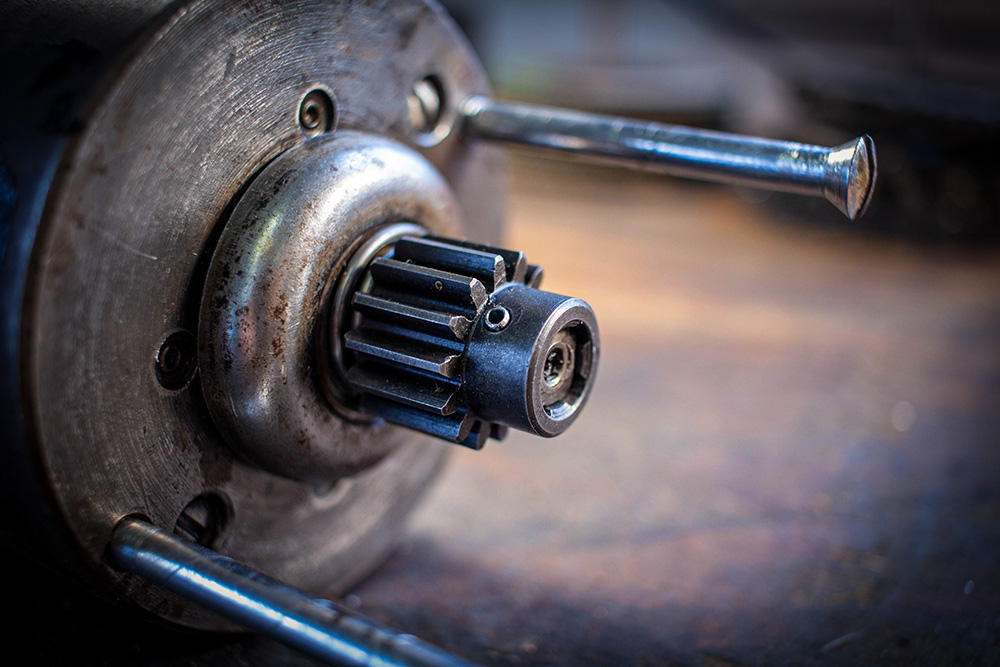
Employing the right tool made for a pretty factory-appearing pin installation on this genny’s drive gear. Photo: Lemmy.
Lock cylinder and ignition switch components were sometimes pinned in place. Harley-Davidson generator gears were pinned to their shafts. And the straw that finally broke this camel’s back? The flip-out blades you’ve seen on so many key fobs are held in place by the little-itty-bittiest pins I’ve ever come across. I ruined a lot of pins trying to repair one of those.
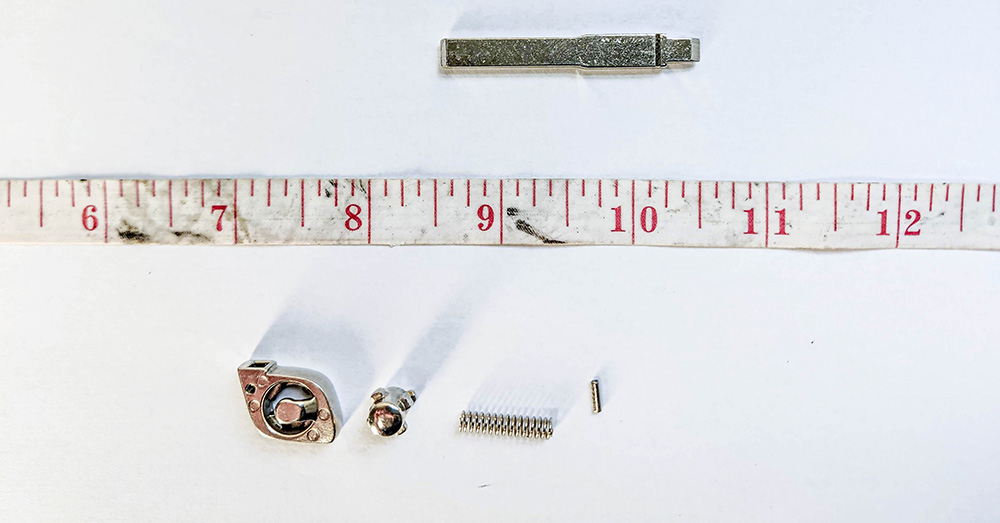
The item in the bottom right is the roll pin holding the key blade to its fob. It’s a trick getting that thing in its home without the right tool. Photo: Lemmy.
Turns out, as in most of the times I’m counting stops on The Struggle Bus, there was a better way.
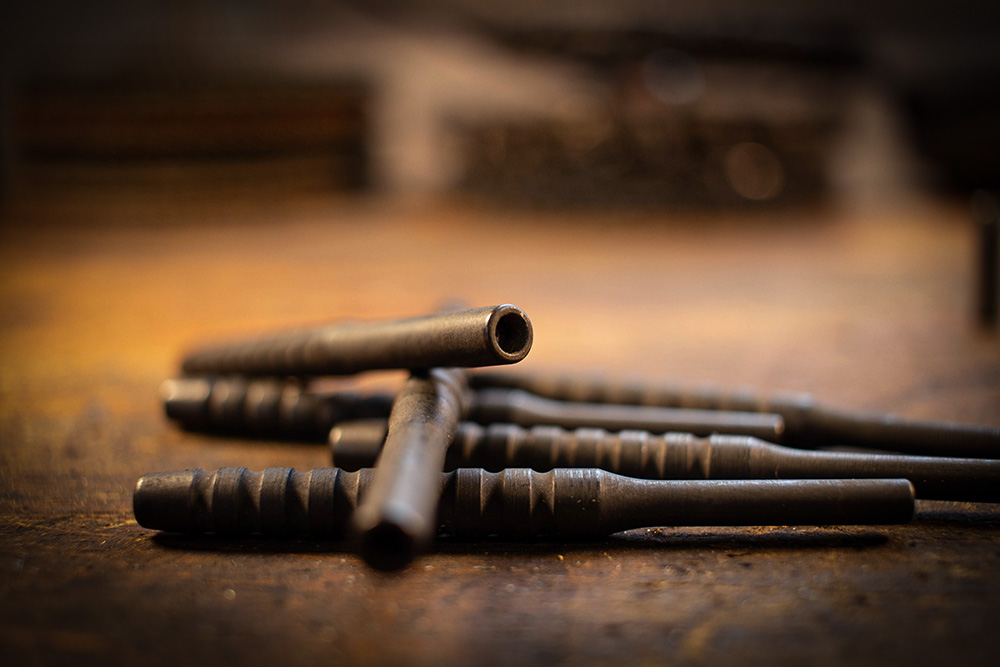
The starter punch is not exactly your typical punch, eh? Photo: Lemmy.
So let me put you wise: pin punches describe the appearance of the punch, not the item they’re to be used on.
Instead, you’ll want to reach for two sets of different punches: roll pin starter punches and roll pin punches. The roll pin starter punch is just what it sounds like; the punch you’ll use to get a roll pin into its initial place. The roll pin punch is used after that to send the pin all the way home. It’s also used to remove a pin.
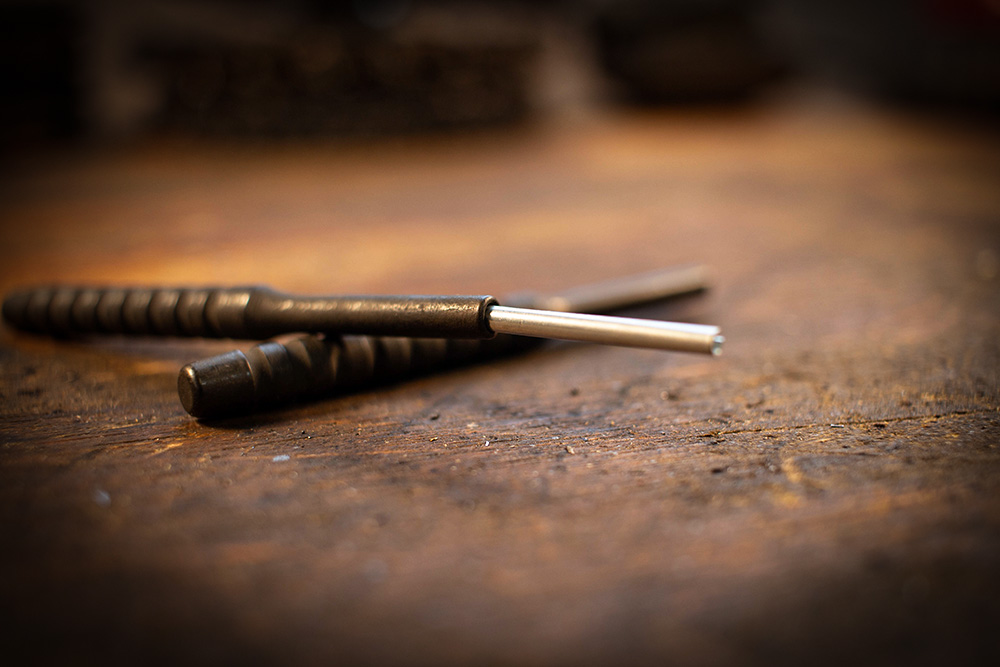
And here’s that hollow in use, ready to drive a pin. Photo: Lemmy.
Pictures are worth a thousand words, so I’ll let them do most of the talking, but effectively, the roll pin starter punch is female and removes the hassle of trying to align something you’re smacking. They come in different sizes by necessity, of course.
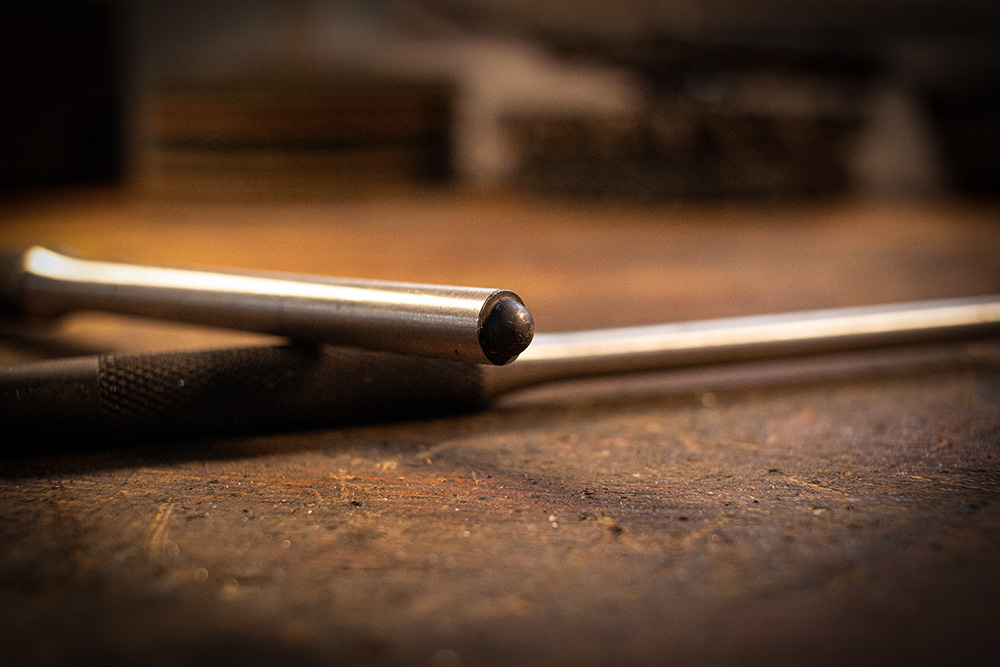
The roll pin punch is no less specific in its construction. Photo: Lemmy.
Once you bottom that tool out, the roll pin punch is employed. The business end of a roll pin punch features a dimple and rim. The dimple locates the punch inside the hollow of the pin, and the rim is the surface doing the driving against the circumference of the pin, leaving that pin unmarred, and (often most importantly) able to be reused most of the time.
As in most things in this car fixin’ game, I’d advise you to grab a set before you need them. Like most specialized tools, they work better than anything else, and you may not use them often, but when you do, there is no acceptable substitute.
The articles and other content contained on this site may contain links to third party websites. By clicking them, you consent to Dorman’s Website Use Agreement.
Participation in this forum is subject to Dorman’s Website Terms & Conditions. Please read our Comment Policy before commenting.